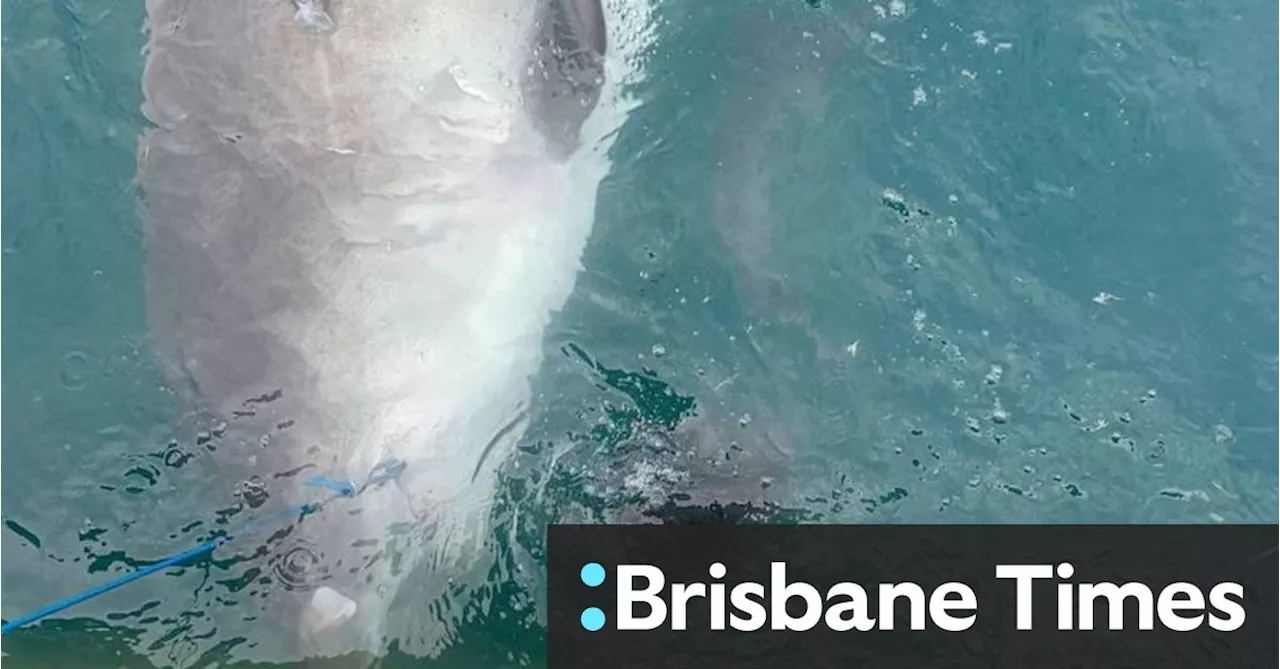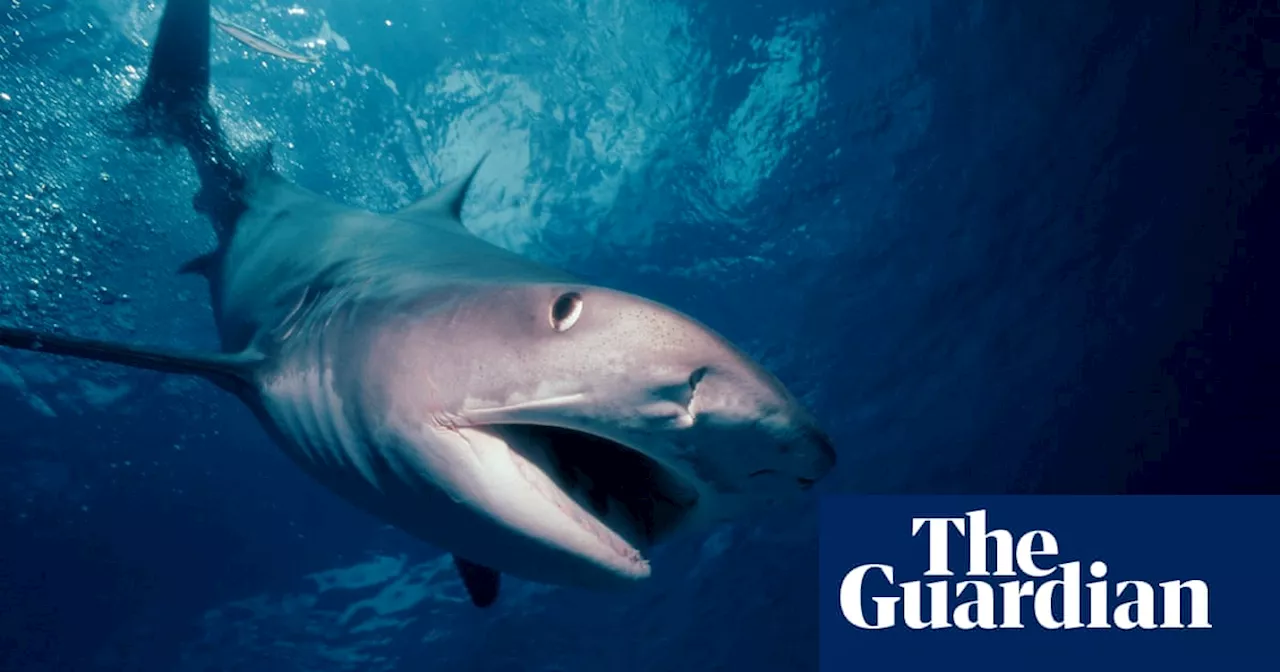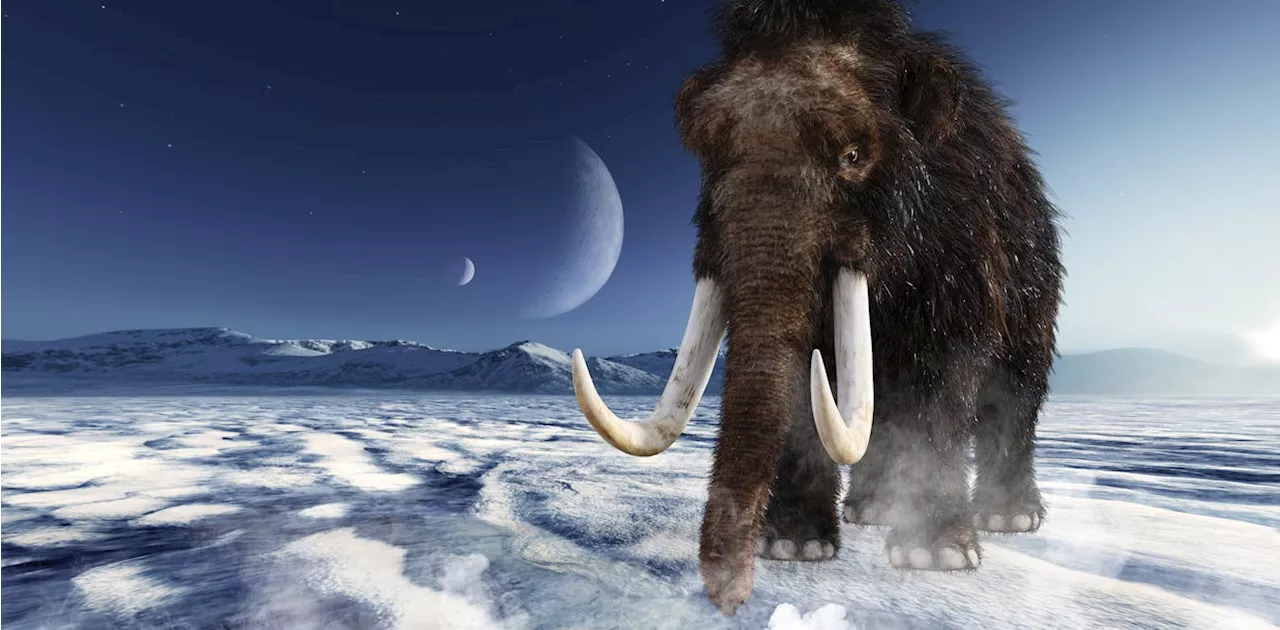Scientists have long wondered if the wooly mammoth went extinct due to high levels of inbreeding.
In science, we usually share our successes and ignore the less glamorous mishaps. We decided to follow a different approach. This is the story of how multiple generations of scientists collaborated to decipher the genome of the mammoth formerly known as Lonely Boy, often referred to as the last mammoth on the Earth.
Inbreeding can cause lots of issues. Portraits of Charles II of Spain, last monarch of the Habsburg house, show his deformed chin due to generations of inbreeding. Scientists have long wondered whether genomic processes led to the extinction of the mammoths on Wrangel Island. Although this is common practice in the field of ancient DNA, it also comes with the trade-off that some of the mammoth DNA will also inadvertently be destroyed. In our case, it meant that not enough mammoth material was left in the sample to generate a high-quality genome.
But even after all these steps, Lonely Boy still looked like an outlier. At this point, we decided to re-date the sample. Lonely Boy had been dated a long time ago and methods have considerably improved since then.
Extinction Genomics Ice Age Woolly Mammoth
Australia Latest News, Australia Headlines
Similar News:You can also read news stories similar to this one that we have collected from other news sources.
 Tiger shark shocks scientists with echidna meal revealIt was just another day for a group of scientists – until a tiger shark threw up an echidna off the Queensland coast.
Tiger shark shocks scientists with echidna meal revealIt was just another day for a group of scientists – until a tiger shark threw up an echidna off the Queensland coast.
Read more »
 Tiger shark vomits up echidna, startling Australian scientistsA tiger shark's spiky snack has shocked marine researchers.
Tiger shark vomits up echidna, startling Australian scientistsA tiger shark's spiky snack has shocked marine researchers.
Read more »
 New AI satellite can spot bushfires 500 times faster, scientists sayThe Aussie researchers say the new space-based tech can spot growing blazes by smoke.
New AI satellite can spot bushfires 500 times faster, scientists sayThe Aussie researchers say the new space-based tech can spot growing blazes by smoke.
Read more »
 Ten-minute brain scan could detect dementia early, study suggestsScan could become routine procedure in memory clinics if findings confirmed in larger cohort, scientists say
Ten-minute brain scan could detect dementia early, study suggestsScan could become routine procedure in memory clinics if findings confirmed in larger cohort, scientists say
Read more »
 Scientists develop glowing dye that sticks to cancer cells in breakthrough studyExperts say fluorescent dye, which spotlights tiny cancerous tissue invisible to naked eye, could reduce risk of cancer returning
Scientists develop glowing dye that sticks to cancer cells in breakthrough studyExperts say fluorescent dye, which spotlights tiny cancerous tissue invisible to naked eye, could reduce risk of cancer returning
Read more »
 Tiger shark regurgitates whole echidna, leaving Australian scientists ‘stunned’Mammal was likely swimming between Queensland islands when it ‘just got unlucky and got snapped’ – spikes and all – in apparent world-first
Tiger shark regurgitates whole echidna, leaving Australian scientists ‘stunned’Mammal was likely swimming between Queensland islands when it ‘just got unlucky and got snapped’ – spikes and all – in apparent world-first
Read more »
